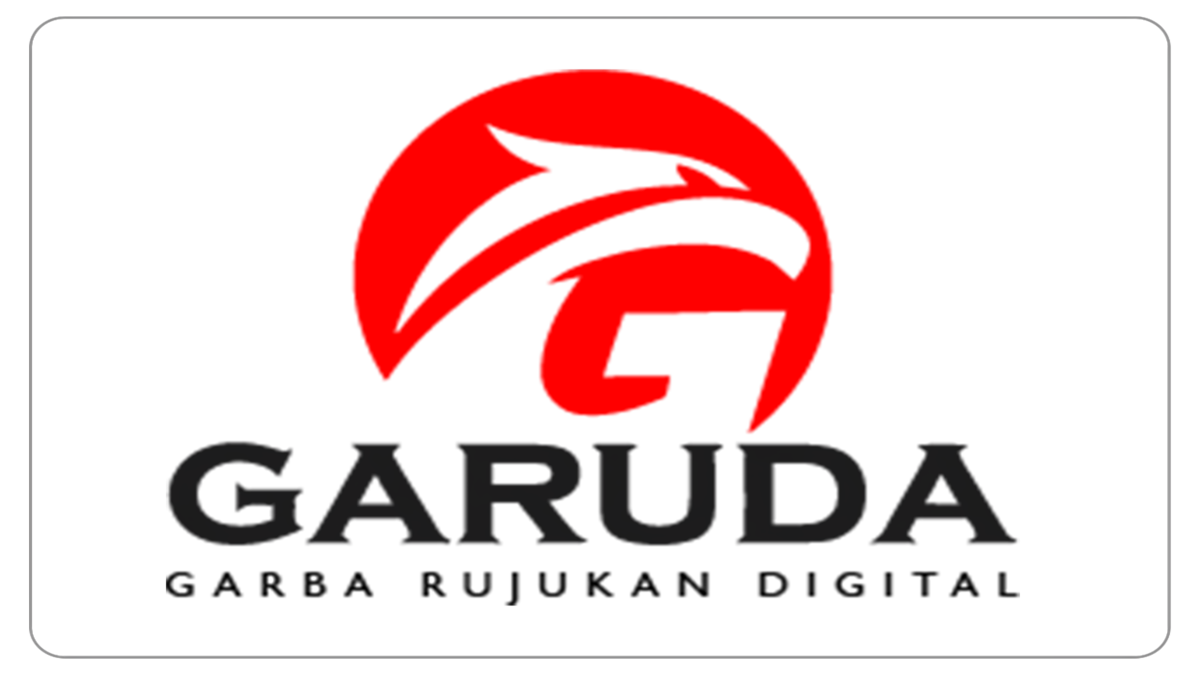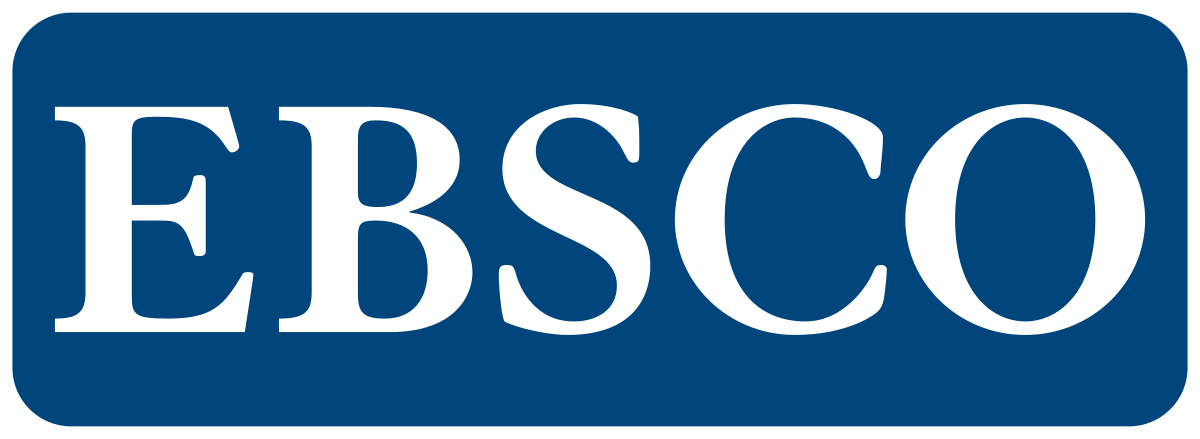Effectiveness of Lontar Sap Vinegar and Lime Juice as a Substitute for HCl in the Production of Skipjack Fish Bone Gelatin
DOI:
https://doi.org/10.23960/jtep-l.v14i2.560-569 Abstract View: 191
Abstract View: 191
Abstract
Gelatin is a product of collagen hydrolysis that is widely used in the food, pharmaceutical, and cosmetic industries. The gelatin production process generally uses hydrochloric acid (HCl) as a hydrolysis agent, but its use raises concerns about the environment and food safety. This study aims to evaluate the effectiveness of palm sap vinegar and lime juice extract as a substitute for HCl in the production of gelatin from skipjack fish bones (Katsuwonus pelamis). The study used a 3 x 3 factorial design with two main factors, namely the type of acid compound (HCl, coconut sap vinegar, and lime juice extract) and the acid concentration (5%, 7%, and 9%). The variables observed included yield, pH, moisture content, ash content, fat content, and gelatin protein content. The results showed that the type of acid and the con-centration of acid significantly affected the quality of gelatin. Palm sap vinegar produces gelatin with characteristics almost equivalent to HCl, with the highest protein content of 53.77%. Meanwhile, lime juice extract produced lower protein content (48.87%) yet provided lower fat content. The 7% and 9% acid concentration produces gelatin of the highest quality in terms of yield and protein content. This study shows that palm sap vinegar can be environmentally friendly and effective alternatives to replace HCl in gelatin production, with some adjustments to their concentration and application.
Keywords: Acid concentration, Gelatin skipjack fish bones, Lime juice extract, Palm sap vinegar.
Downloads
References
Alhana, A., Suptijah, P., & Tarman, K. (2015). Extraction and characterization of collagen from sea cucumber flesh. Jurnal Pengolahan Hasil Perikanan Indonesia, 18(2), 150–161. https://doi.org/10.17844/jphpi.v18i2.10610
Alves, A.L., Fraguas, F.J., Carvalho, A.C., Valcárcel, J., Pérez-Martín, P.I., Reis, R.L., Vázquez, J.A., & Silva, T.H. (2022). Characterization of codfish gelatin: A comparative study of fresh and salted skins and different extraction methods. Food Hydrocolloids, 124, Part A, 107238. https://doi.org/10.1016/j.foodhyd.2021.107238
Arnamalia, A., Nabila, J.R., & Lutviyani, A. (2021). Tinjauan perspektif islam dan sains: penggunaan kulit ikan nila sebagai alternatif bahan baku gelatin halal. Kaunia: Integration and Interconnection Islam and Science Journal, 17(2), 61–66. https://doi.org/10.14421/kaunia.3363
Arshad, N.M., Abd. Ghaffar, M., & Mohtar, N.F. (2021). Effects of organic acid on the physicochemical properties of gelatine extracted from fringescale sardinella (Sardinella fimbriata) bones. Food Research, 5(4), 294–302. http://dx.doi.org/10.26656/fr.2017.5(4).038
Bennion, M. (1980). The Science of Food. New York: John Willey and Sons.
Bora, N., & Gasong, L. S. (2021). Efektivitas konsentrasi nira lontar dalam asap cair tempurung kelapa terhadap kadar proksimat cakalang (Katsuwonus pelamis L.) asap. Jurnal Partner (Penelitian Terapan), 26(1), 1534–1543. http://dx.doi.org/10.35726/jp.v26i1.490
Bora, N., Kana-Tiri, J.T., & Idayati, E. (2022). The effect of soaking time and liquid smoke types on the quality of smoked skipjack (Katsuwonus pelamis L.) fillets during storage. Jurnal Teknik Pertanian Lampung, 11(3), 405–416. https://doi.org/10.23960/jtep-l.v11i3.405-416
Farida, F., Isamu, K.T., & Akib, N.I. (2020). Karakteristik gelatin berbahan baku tulang ikan cakalang (Katsuwonus pelamis) dengan menggunakan jenis asam yang berbeda. J. Fish Protech, 3(1), 79–86. http://dx.doi.org/10.33772/jfp.v3i1.11608
Gerold, E., Schinnerl, C., & Antrekowitsch, H. (2022). Critical evaluation of the potential of organic acids for the environmentally friendly recycling of spent Lithium-ion batteries. Recycling, 7(1), 4. https://doi.org/10.3390/recycling7010004
Hanivia, M.R., & Jariah. (2022). Pengaruh konsentrasi asam klorida dan metode ekstraksi microwave terhadap karakteristik kolagen tulang ikan tuna (Thunnus sp.). Teknologi Pangan: Media Informasi dan Komunikasi Ilmiah Teknologi Pertanian, 13(2), 156–165. https://doi.org/10.35891/tp.v13i2.3026
Jalili, S.H., Etemadian, Y., Alboofetileh, M., & Moradi, Y. (2022). Gelatine extraction from skipjack tuna (Katsuwonus pelamis) head bones by acid hydrolysis method and its physicochemical and functional characterizations. Aquatic Food Studies, 2(1), AFS83. https://doi.org/10.4194/AFS83
Johnston-Banks, F.A. (1990). Gelatin. In P. Harris (Ed.), Food gels (pp. 233–289). Elsevier Applied Science.
Jongjareonrak, A., Benjakul, S., Visessanguan, W., & Tanaka, M. (2006). Effects of plasticizers on the properties of edible film from skin gelatin of bigeye snapper and brownstripe red snapper. European Food Research and Technology, 222(3–4), 229235. http://dx.doi.org/10.1007/s00217-005-0004-3
Lamalelang, V., Lalopua, V.N.M., Kaya, A.O.W., & Gaspersz, F. (2019). Karakteristik mutu gelatin tulang ikan cakalang dengan variasi konsentrasi HCl dan waktu demineralisasi. Jurnal Techno-Fish, 3(2), 112–123. https://doi.org/10.25139/tf.v3i2.2123
Lestari, N., Manalu, L.P., Hidayat, T., Junaidi, L., Hartanto, E.S., Rienoviar, R., Saputra, S.H., Zulham, A., & Mala, D.M. (2024). The effect of citric and acetic acid treatment on gelatin production from catfish skin. BIO Web of Conferences, 87, 03004. https://doi.org/10.1051/bioconf/20248703004
Li, Y., Tang, C., & He, Q. (2021). Effect of orange (Citrus sinensis L.) peel essential oil on characteristics of blend films based on chitosan and fish skin gelatin. Food Bioscience, 41, 100927. https://doi.org/10.1016/j.fbio.2021.100927
Liu, H.Y., Han, J., & Guo, S.D. (2009). Characteristics of the gelatin extracted from channel catfish (Ictalurus punctatus) head bones. LWT - Food Science and Technology, 42(2), 540-544. https://doi.org/10.1016/j.lwt.2008.07.013
Masyitah, M., Arief, I.I., & Suryati, T. (2017). Characteristics of Sie Reuboh supplemented with different combinations of palm vinegar (Arenga pinnata) and kaffir lime leaves (Citrus hystrix).
Media Peternakan, 40(3), 202-209. https://doi.org/10.5398/medpet.2017.40.3.202
Mulyani, S., Rohmeita, D., & Legowo, A.M. (2021). Karakteristik kalsium dari tulang ikan bandeng (Chanos chanos) yang diekstraksi menggunakan larutan HCl. Jurnal of Nutrition College, 10(4), 321–327. https://doi.org/10.14710/jnc.v10i4.29960
Nurvita, S., Nurjazuli, & Yunita, N.A. (2015). Pengaruh variasi konsentrasi air jeruk nipis (Citrus aurantifolia) dalam menurunkan kadar kadmium (Cd) pada daging kerang darah (Anadara granosa). Jurnal Kesehatan Masyarakat, 3(3), 807–818.
Pamungkas, P.P., Izza, N., & Ahyar, H. (2019). Pengaruh lama waktu perendaman larutan HCl terhadap mutu gelatin dari tulang ikan tongkol (Euthynnus affinis). Lempuk, 2(2), 28–32.
Panjaitan, T.F.C. (2016). Optimasi ekstraksi gelatin dari tulang ikan tuna (Thunnus albacares). Jurnal Wiyata, 3(1), 11–16.
Pertiwi, M., Atma, Y., Mustopa, A., & Maisarah, R. (2018). Karakteristik fisik dan kimia gelatin dari tulang ikan patin dengan pretreatment asam sitrat. Jurnal Aplikasi Teknologi Pangan, 7(2), 83–91. https://doi.org/10.17728/jatp.2470
Prasetyo, R.R., Mubarak, A.S., Saputra, E., & Triastuti, J. (2023). The characterization of collagen isolated from red snapper fish skin (Lutjanus sp.) by hydroextraction method with different concentration of acid solution. Journal of Aquaculture and Fish Health, 12(2), 226-232. https://doi.org/10.20473/jafh.v12i2.35022
Priyosetyoko, P., Widayat, W., Suzery, M., & Agustin, T.W. (2022). Potential of solid waste conversion into gelatin in the fisheries industry of Indonesia. Indonesian Journal of Halal, 5 (2), 112-139.
Rahmawati, R., Azis, N.N., & Clarita, L. (2021). Penetapan kadar asam asetat pada cuka nira aren (Arenga pinnata Merr.) berdasarkan penyimpanan. https://doi.org/10.53861/jmed.v6i1.192
Rodiah, S., Mariyamah, M., Ahsanunnisa, R., Erviana, D., Rahman, F., & Budaya, A.W. (2018). Pemanfaatan limbah tulang ikan tenggiri sebagai sumber gelatin halal melalui hidrolisis larutan asam dengan variasi rasio asam. Alkimia: Jurnal Ilmu Kimia dan Terapan, 2(1), 34-42. https://doi.org/10.19109/alkimia.v2i1.2260
Santoso, C., Surti, T., & Sumardianto. (2015). Perbedaan penggunaan konsentrasi larutan asam sitrat dalam pembuatan gelatin tulang rawan ikan pari mondol (Himantura gerradi). Jurnal Pengolahan dan Bioteknologi Hasil Perikanan, 4(2), 106–114.
Septiansyah, E., Putra, O.A., Abshar, K., Jati, D.R., & Apriani, I. (2020). Pemanfaatan tulang ikan tongkol (Euthynnus affinis C) dari limbah home industry abon sebagai tepung. Jurnal Teknologi Lingkungan Lahan Basah, 8(2), 76–82. https://doi.org/10.26418/jtllb.v8i2.44169
Singkuku, F.T., Onibala, H., & Agustin, A.T. (2017). Ekstraksi kolagen tulang ikan cakalang (Katsuwonus pelamis) menjadi gelatin dengan asam klorida. Media Teknologi Hasil Pertanian, 5(3), 163-166. https://doi.org/10.35800/mthp.5.3.2017.16846
Sompie, M., Surtijono, S.E., Pontoh, J.H.W., & Lontaan, N.N. (2015). The effects of acetic acid concentration and extraction temperature on physical and chemical properties of pigskin gelatin. Procedia Food Science, 3, 383-388, https://doi.org/10.1016/j.profoo.2015.01.042
BSN (Badan Standarisasi Nasional). (1995). SNI 06.3735 – Mutu dan Cara Uji Gelatin. Badan Standarisasi Nasional, Jakarta.
Trilaksani, W., Nurilmala, M., & Setiawati, I.H. (2012). Gelatin extraction from snapper (Lutjanus sp.) skins with acid treatment. JPHPI, 15(3), 240-251
Downloads
Published
How to Cite
Issue
Section
License
Authors who publish with this journal agree to the following terms:
Authors retain copyright and grant the journal right of first publication with the work simultaneously licensed under a Creative Commons Attribution-ShareAlike 4.0 International Lice that allows others to share the work with an acknowledgement of the work's authorship and initial publication in this journal.
Authors are able to enter into separate, additional contractual arrangements for the non-exclusive distribution of the journal's published version of the work (e.g., post it to an institutional repository or publish it in a book), with an acknowledgement of its initial publication in this journal.
Authors are permitted and encouraged to post their work online (e.g., in institutional repositories or on their website) prior to and during the submission process, as it can lead to productive exchanges, as well as earlier and greater citation of published work (See The Effect of Open Access).
Jurnal Teknik Pertanian Lampung

JTEPL is licensed under a Creative Commons Attribution-ShareAlike 4.0 International License.













